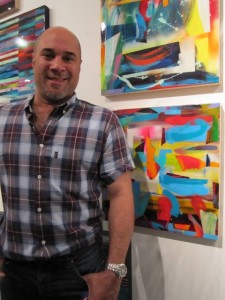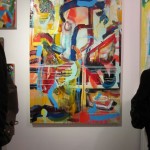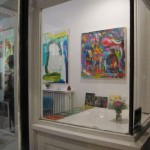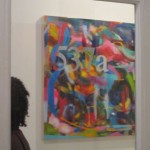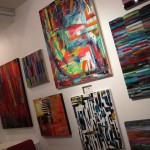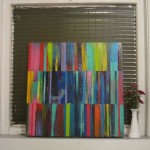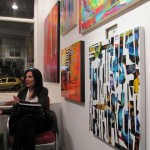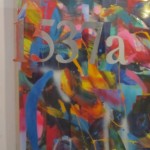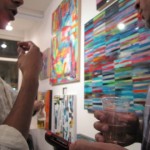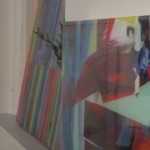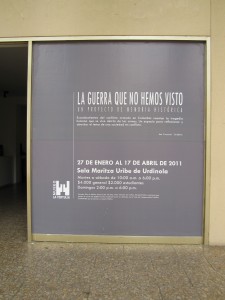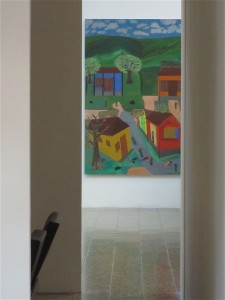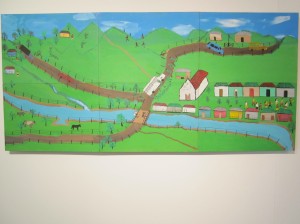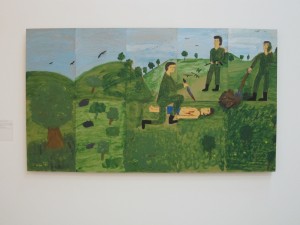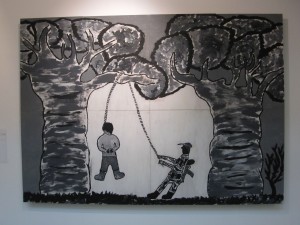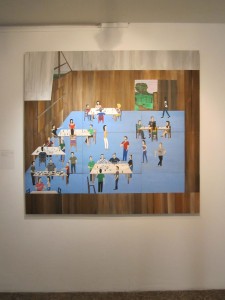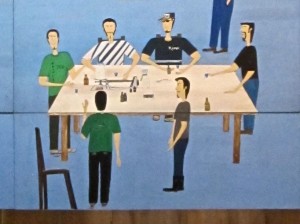Abstract Expressionist New York: Masterpieces from the Museum of Modern Art
Art Gallery of Ontario – TORONTO
[May 28 to September 4 2011]
Works by William Baziotes, Louise Bourgeois, Rudy Burckhart, Harry Callahan, Paul Caponigro, Walter Chappell, Willem de Kooning, Robert Frank, Helen Frankenthaler, Arshile Gorky, Adolph Gottlieb, Philip Guston, Hans Hoffman, Franz Kline, Lee Krasner, Norman Lewis, Joan Mitchell, Robert Motherwell, Barnett Newman, Isamu Noguchi, Jackson Pollock, Richard Pousette-Dart, Ad Reinhardt, Mark Rothko, Aaron Siskind, David Smith, Clyfford Still
Curated by Anne Temkin, MoMA
This morning, I took in the members’ preview of the AGO’s latest exhibition Abstract Expressionist New York: Masterpieces from the Museum of Modern Art. The show officially opens this Saturday, May 28.
It is hard to draw solid lines around the beginning and end of the Abstract Expressionism movement, but it generally refers to a school of painting based out of New York City in the 1940s and 1950s. Curators credit art critic William Coates with first using the term and thereby naming the movement in 1946. Wiki points out an earlier usage, in 1919, by German magazine Der Sturm as it referred to German Expressionism. In this instance, presented along with the painters most usually associated with the era are several of their photography and sculpture contemporaries.
The exhibition leads with a quote from Jackson Pollock, not so arguably, the most well known of the featured artists. Pollock is quoted as saying, “The modern painter cannot express this age, the airplane, the atom bomb, the radio, in the old forms of the Renaissance or any other past culture. Each age finds its own techniques.” Too true, Jackson, too true. As it refers to the show in its entirety, these ‘techniques’ are wide ranging but with a great commonality in the boldness of scale and strokes, colour and composition. Further to the definition of the movement, though pieces may have their roots in reality, the end results are abstracted and non-representational.
With at least six or seven galleries devoted to the show, visitors are invited to discover artists one or two at a time [with the exception of a few rooms]. This thoughtful setup allows for a quick, structured survey or a more ambling assessment. Either way you choose to go about it, there are surprises around every corner. On return visits [yes, worth repeat trips] I will be employing both techniques.
HIGHLIGHTS:
Arshile Gorky [1904-1948] Garden in Sochi, 1943
Adolph Gottlieb [1903-1974] Flotsam at Noon [Imaginary Landscape], 1952
Willem de Kooning [1904-1997] Painting, 1948
Aaron Siskind [1903-1991] series of photographic prints
Isamu Noguchi [1904-1988] Work Sheet for Sculpture, 1946 Untitled, 1946
Franz Kline [1910-1962] Chief, 1950 White Forms, 1955 Le Gros, 1961
Lee Krasner [1908-1994] Gaea, 1966
Joan Mitchell [1925-1992] Ladybug, 1957
Jackson Pollock [1912-1956] No.1A, 1948 Echo No.25 1951, 1951, White Light, 1954
Mark Rothko [1903-1970] No.5/No.22, 1950 No.14 [Horizontals, White Over Darks], 1961
Ad Reinhardt [1913-1967] Abstract Painting, 1960-61
Philip Guston [1913-1980] Painting, 1954 Inhabiter, 1965
A few of these works can be previewed on the AGO website.
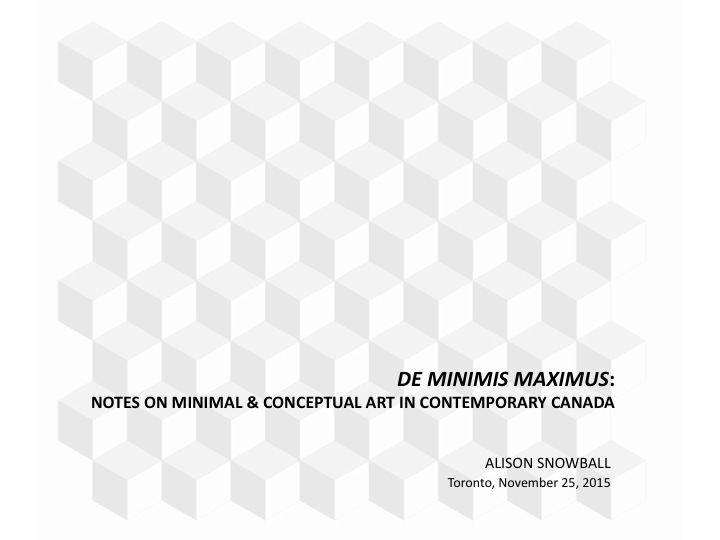
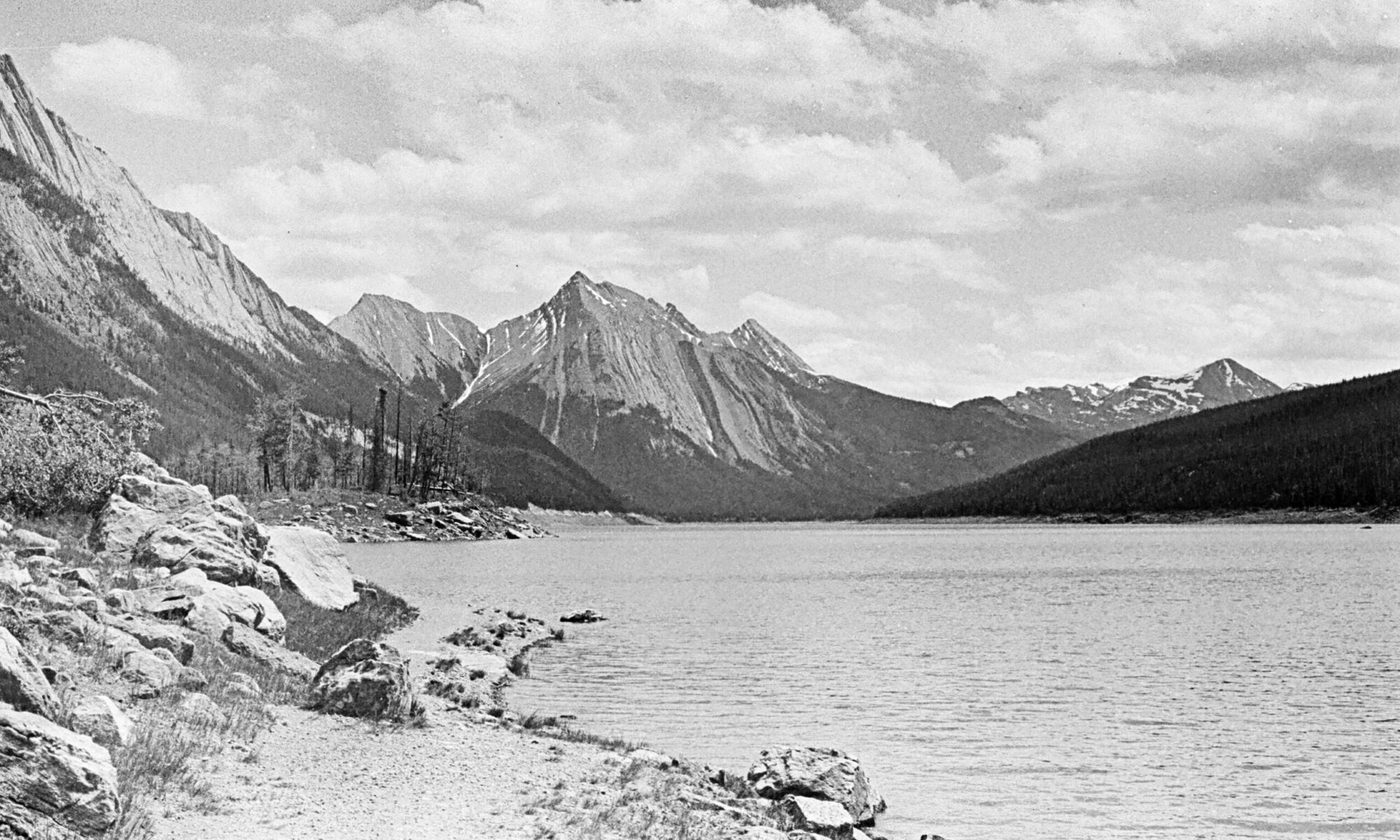
![Productive Limitations [Red & Blue] 2013 [Detail] - Alison Snowball](http://alisonsnowball.com/wp-content/uploads/2013/12/Productive-Limitations-Red-Blue-2013-Detail-Alison-Snowball-150x150.jpg)
![Productive Limitations [Red & Blue] 2013 [Detail 3] - Alison Snowball](http://alisonsnowball.com/wp-content/uploads/2013/12/Productive-Limitations-Red-Blue-2013-Detail-3-Alison-Snowball-150x150.jpg)
![Productive Limitations [Red & Blue] 2013 [Detail 2] - Alison Snowball](http://alisonsnowball.com/wp-content/uploads/2013/12/Productive-Limitations-Red-Blue-2013-Detail-2-Alison-Snowball-150x150.jpg)
![Snowball - Productive Limitations [Red & Blue] 2013 - ::The Annual:: Installation View - Photo by Tom Ridout](http://alisonsnowball.com/wp-content/uploads/2013/12/Snowball-Productive-Limitations-Red-Blue-2013-The-Annual-Installation-View-Photo-by-Tom-Ridout--300x200.jpg)
